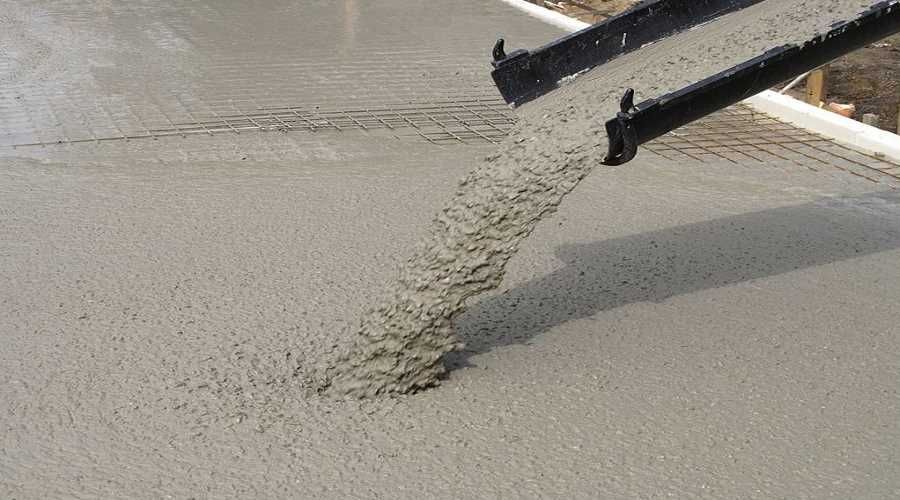Launch of rocket with Polish PW-Sat2 satellite postponed
Rocket launch with Polish PW-Sat2 satellite postponed
SpaceX has announced that it has postponed the launch of the Falcon 9 rocket, which was scheduled to carry a m.In. Polish satellite PW-Sat2. New launch date not yet known.
SpaceX tweeted the news of the postponement of the Falcon 9 rocket launch, scheduled for next Monday, aboard whichorej was scheduled to launch PW-Sat2, the fourth Polish satellite. The launch was opoDELAYED by 3 to 6 days.
The rocket’s flight has been halted for additional inspections. A total of 48 satellites are to be launched during this flightow type CubeSat and 15 small satellitesow. New launch date to be announced once this work is done.
"We have sad news, SpaceX tweeted that our launch has been postponed. For now, we don’t know any detailsołow, for more information please head to the channeloin SpaceX’s information" – wrote tworcy of PW-Sat2 on their Facebook profile.
The rocket will also carry the m.in. ESEO/S-50 satellite realized within the framework of the European Space Agency’s educational program, for which theorego telecommunications system was prepared largely at the Wroclaw University of Technology. The launch will also be m.in. Earth observation satellite ICEYE-X2 – designed by Finnish spoICEYE boat, whichory was created with the support ofoIn cooperation with the Polish company Creotech Instruments S.A.
Headohe main task of the PW-Sat2 satellite is to test a deorbitation sail made of mylar film ten times thinner than a human hair. The 4m2 sail, whichory rolled up fits into the volume of approx. 600 ml (i.e ¼ of the entire satellite), was tested in conditions of weightlessness and low pressure in the drop tower of theoin Bremen. The diameter of the rolled-up sail is about 8 cm, which is extremely important because of the possibility of using this solution in microsatellites.
The arms of the deorbiter sail are made of flat springs placed in mylar pockets. The stored elastic energy allows the sail to unfurl after it is ejected from the tray, and the shape of the springs allows it to remain rigid and stable even under normal Earth gravity conditions. PW-Sat2 is shaped like a cuboid with dimensions of 10x10x22 cm, and the sail takes up less than 25 percent of the. volume of the device.
A solution designed by a studentoin the Student Astronautical Circle (SKA) of the Warsaw University of Technology, has a chance to usher in a new era in space exploration, preventing unnecessary and littering satellites from remaining in orbitow. Two cameras are placed on board the satellite, whichore will record the process of opening the deorbit sail.
To date, more than 8,000 satellites have been put into orbit around the Earthow of which wspor early operation around 1900. Amongod the rest of the facilityow orbiting wokol of Earth are rocket parts, pieces of the shuttle’s shellow, the rocket bodies from the Apollo missions or 32 nuclear reactors, whichore powered satellites. Space debris threatens not only existing satellites, but roAlso of the International Space Station. Faster debris removal is also expected to reduce the possibility of satellite collisionsoin orbit, such as the. The first ever direct collision of dwoartificial satellitesoin the Earth, whichore took place on February 10, 2009. The collision between the Iridium 33 satellite and Cosmos 2251 resulted in more than 600 roThe residual size of theow.
In addition to the deorbit sail, the PW-Sat2 will also carry out an experiment related to determining the satellite in orbit, ktohe solar sensor will enable. This sensor may be used on other spatial orientation satellites in the future. Thanks to this instrument, the satellite’s solar panelsow using such a sensor will be able to be optimally positioned in relation to the source of theolight sources.
PW-Sat2 will also test a mechanism for unfolding solar panels designed by a studentow. Solar cells are the primary source ofoA source of energy for the on-board computer and PW-Sata2 devices. The satellite will use cells zarowno permanently attached to the housing of the device as well as on folding solar panels. The mechanism for unfolding the solar panels has been designed to take up minimal space as required by the CubeSat standard. Such mechanisms are used to open panels to increase the effective area for receiving sunlight, collected by photovoltaic cells.


